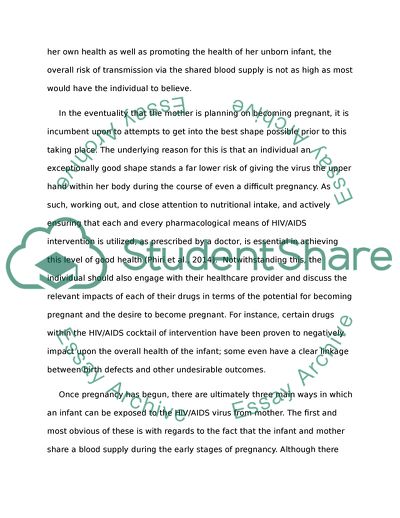Cite this document
(Pregnancy and HIV Research Paper Example | Topics and Well Written Essays - 1250 words, n.d.)
Pregnancy and HIV Research Paper Example | Topics and Well Written Essays - 1250 words. https://studentshare.org/medical-science/1811560-pregnancy-and-hiv
Pregnancy and HIV Research Paper Example | Topics and Well Written Essays - 1250 words. https://studentshare.org/medical-science/1811560-pregnancy-and-hiv
(Pregnancy and HIV Research Paper Example | Topics and Well Written Essays - 1250 Words)
Pregnancy and HIV Research Paper Example | Topics and Well Written Essays - 1250 Words. https://studentshare.org/medical-science/1811560-pregnancy-and-hiv.
Pregnancy and HIV Research Paper Example | Topics and Well Written Essays - 1250 Words. https://studentshare.org/medical-science/1811560-pregnancy-and-hiv.
“Pregnancy and HIV Research Paper Example | Topics and Well Written Essays - 1250 Words”. https://studentshare.org/medical-science/1811560-pregnancy-and-hiv.


